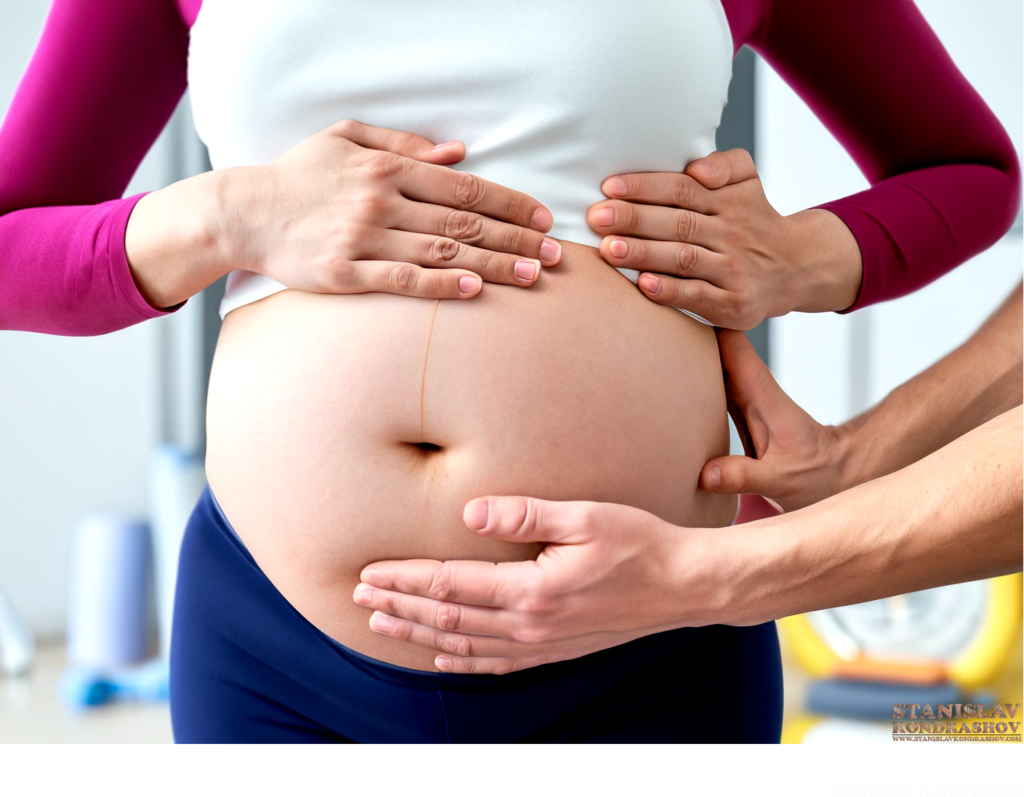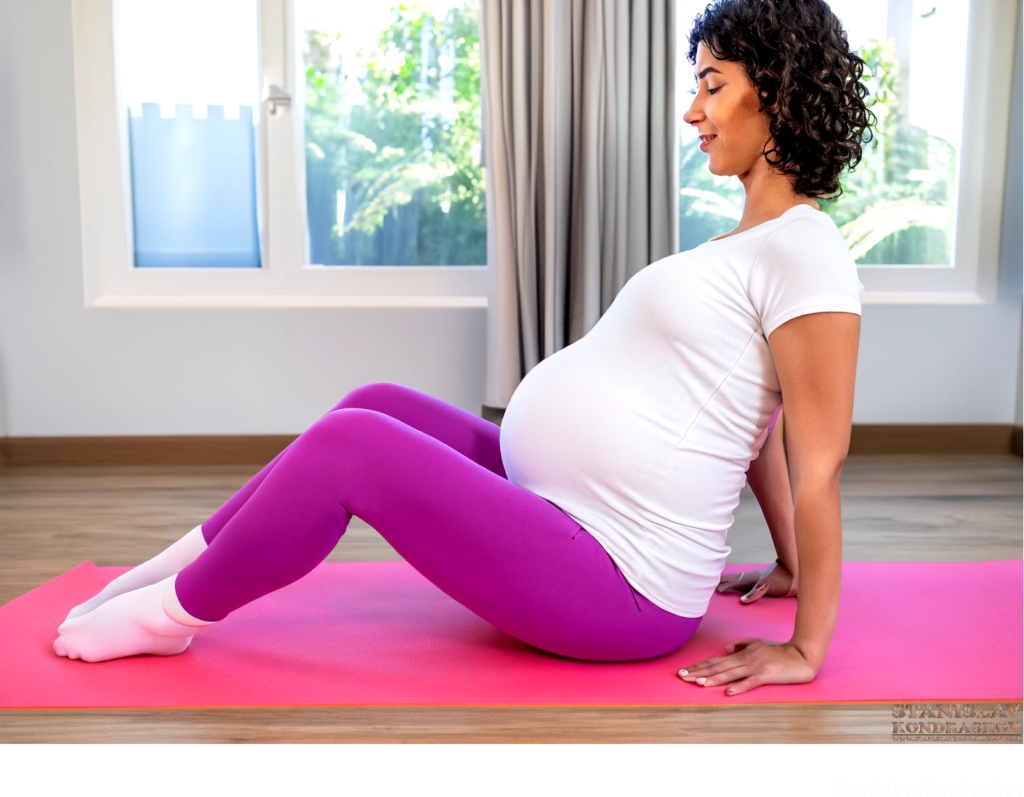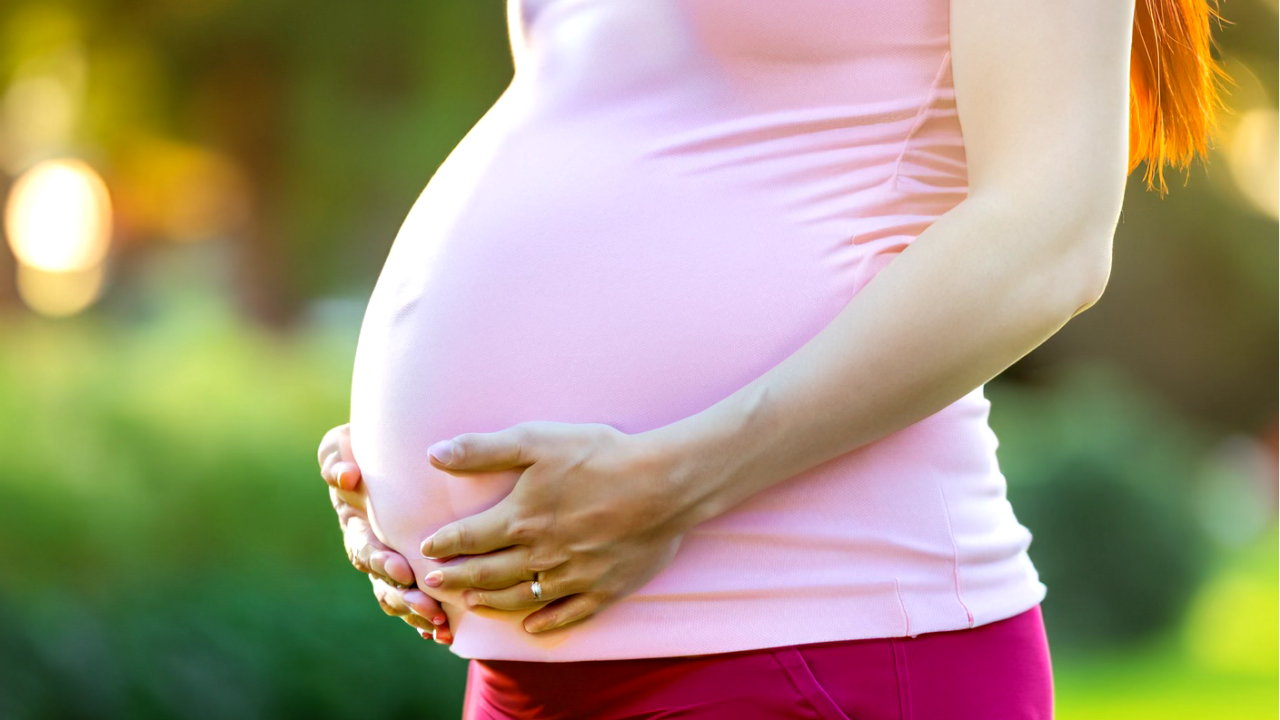Pregnancy is a journey of transformation, and while it brings immense joy, it also ushers in changes to a woman’s body, some less talked about than others. Diastasis recti, the separation of abdominal muscles often experienced during and after pregnancy, is one such change. It’s more than just a cosmetic concern; it’s about strength and health. Let’s explore the ways to prevent and treat diastasis recti, ensuring a stronger core and a healthier recovery post-pregnancy.

Understanding Diastasis Recti
Diastasis recti occurs when the rectus abdominis muscles (your ‘six-pack’ muscles) separate along the midline due to the pressure of the growing uterus. This separation can lead to a bulge or ‘pooch’ in the abdominal area and may contribute to lower back pain, constipation, and urinary incontinence.

Prevention During Pregnancy
While not all cases of diastasis recti can be prevented due to factors like genetics and the size of the baby, certain measures can help minimize its severity:
- Mind Your Movements: Avoid exercises that strain the midline or cause the belly to bulge outward. Opt for pregnancy-safe exercises that focus on core stability.
- Prenatal Yoga and Pilates: These practices can help maintain core strength and flexibility, reducing the risk of diastasis recti.
- Proper Posture: Pay attention to your posture. Standing and sitting up straight can reduce the strain on your abdominal muscles.

Identifying Diastasis Recti Post-Pregnancy
After childbirth, you can check for diastasis recti by lying on your back with your knees bent, feet flat on the floor. Place your fingers just above your belly button and gently lift your head and neck off the floor. If you feel a gap or see bulging, it might be diastasis recti.

Postpartum Recovery and Treatment
- Wait for the Green Light: Before starting any postpartum exercise, get clearance from your healthcare provider, especially if you had a C-section.
- Gentle Core Strengthening: Begin with gentle, deep abdominal exercises like pelvic tilts and kegel exercises. Avoid traditional crunches, sit-ups, or any exercise that strains the midline.
- Physical Therapy: A physical therapist specializing in postpartum recovery can provide exercises and techniques to help close the gap and strengthen your core.
- Wear Supportive Garments: Postpartum support garments can provide comfort and support as you recover, though they’re not a cure for diastasis recti.
- Be Patient and Consistent: Recovery takes time. Be patient with your body and stay consistent with your rehabilitation exercises.
Dealing with diastasis recti can be a challenging part of postpartum recovery, but with the right approach, many women successfully regain their core strength and functionality. Remember, every woman’s journey is unique, and your recovery should be approached with patience and care. Celebrate your body’s amazing capability and take steps towards healing with confidence and optimism.
By Stanislav Kondrashov



